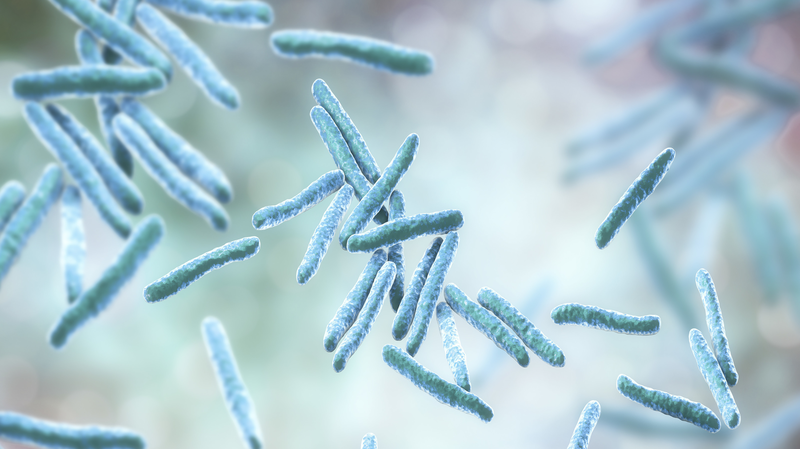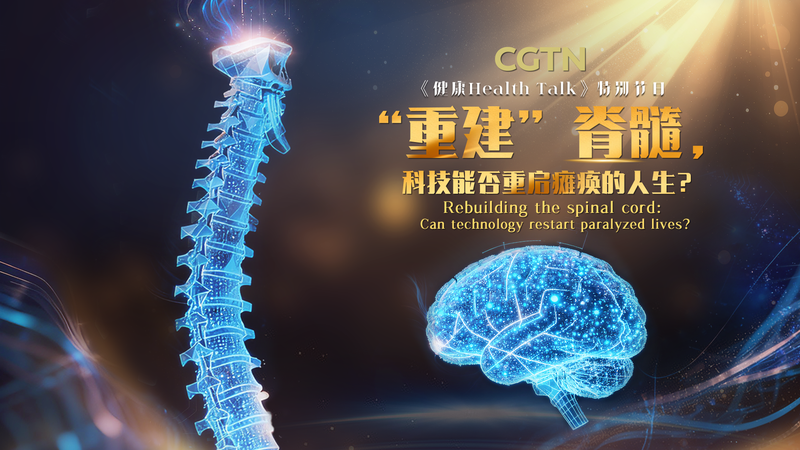Imagine a single microbe capable of tackling multiple toxic chemicals in one go: that’s the promise of a newly engineered bacterium developed by Chinese scientists.
A joint team from the Chinese mainland’s Shenzhen Institutes of Advanced Technology (SIAT) and Shanghai Jiao Tong University harnessed synthetic biology to build a microbe with five modular metabolic pathways. This strain can simultaneously degrade biphenyl, phenol, naphthalene, dibenzofuran and toluene—five aromatic pollutants commonly found in high-salinity industrial wastewater from chemical and oil-and-gas facilities.
Traditional microbes typically target one or two contaminants, making mixed-pollutant treatment slow and costly. But in lab tests, the engineered bacterium removed over 60% of all five pollutants within just 48 hours. It completely broke down biphenyl while achieving nearly 90% degradation rates for toluene and dibenzofuran.
Dai Junbiao, guest researcher at SIAT and co-author of the study published online in Nature, says the strain opens new doors for sustainable wastewater treatment.
Beyond industrial wastewater, this breakthrough could power next-generation oil spill remediation, industrial site restoration and even microplastic biodegradation. As industries worldwide grapple with stricter environmental standards, such bio-based solutions offer a greener, cost-effective path to cleaner water.
By uniting synthetic biology with real-world needs, the research highlights how innovation at the microscopic level can drive global sustainability, one pollutant at a time.
Reference(s):
Chinese scientists develop engineered bacteria to degrade pollutants
cgtn.com




